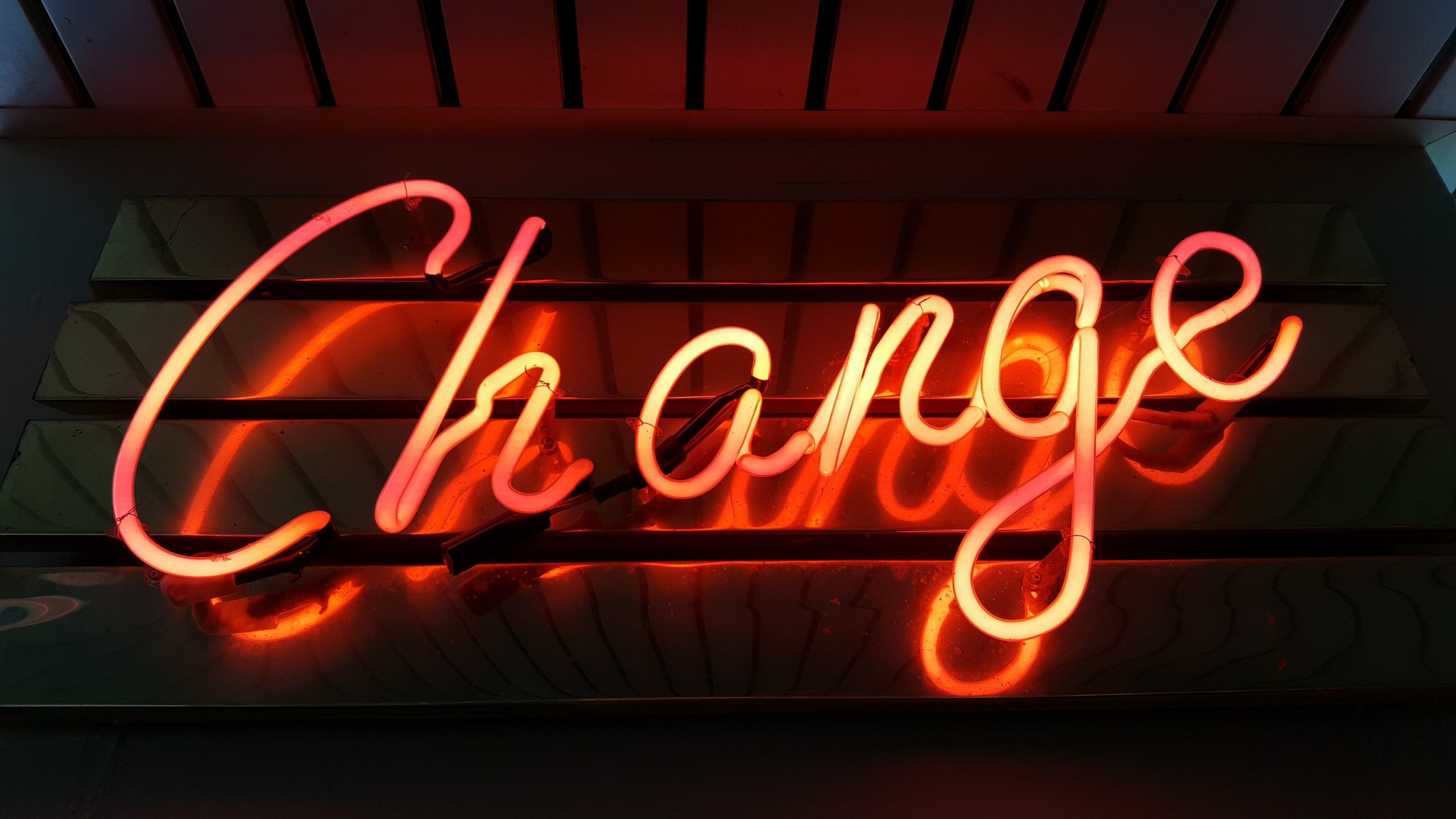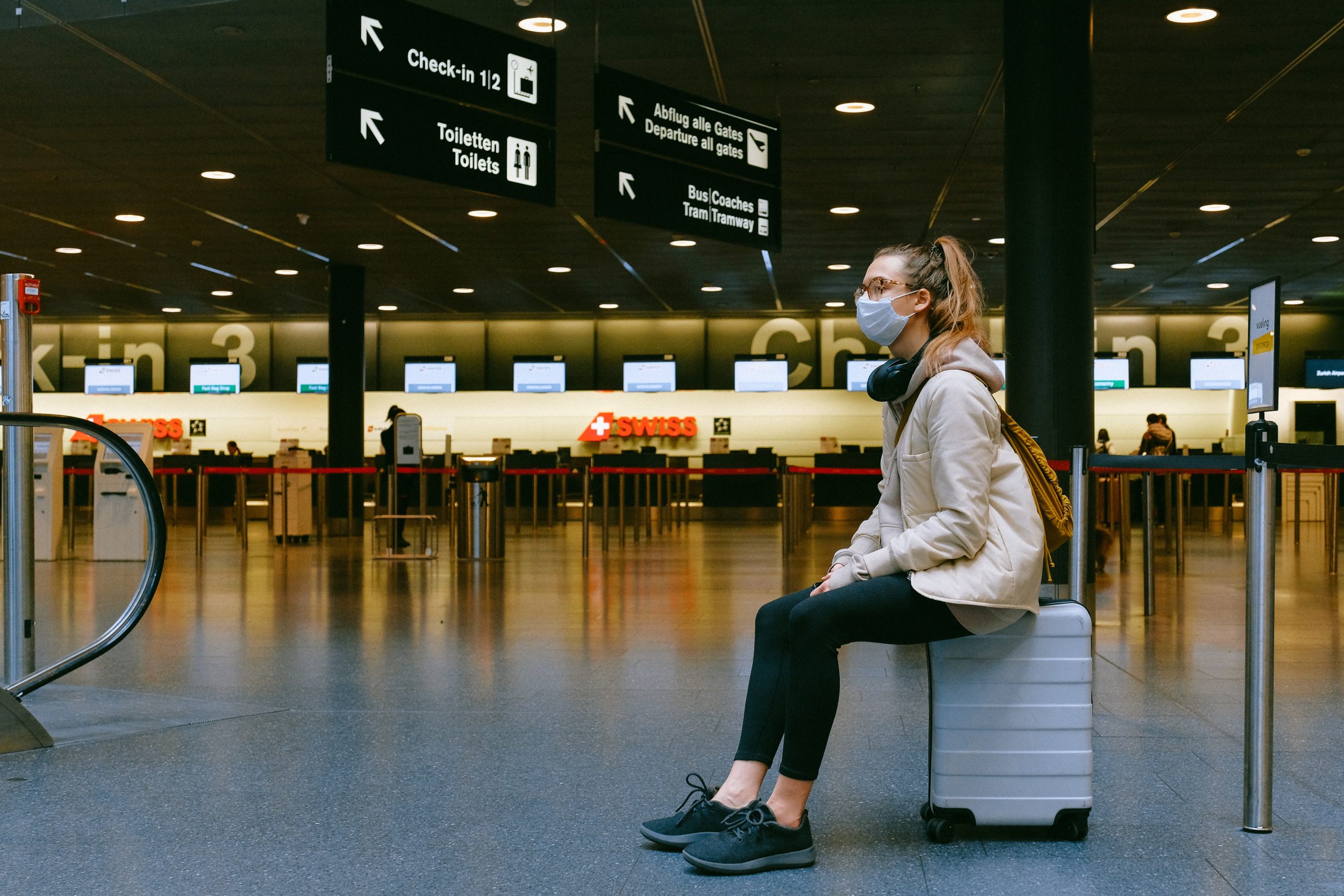
We are living in an extreme situation all over the world and of course, the priority of each one of us at this very moment is to take care of the health of our family, of our fellow men and our own. This pandemic has forced us to assume the leading role in a real and macabre play that many of us, due to a generational question and luckily, were unaware of.
While this is happening, I think it is convenient to analyze the course of events and review some points that I consider relevant. The objective that I have set myself in writing this article is to carry out a real retrospective exercise, to look inwards with a critical sense, in order to understand the situation in all its dimensions; taking advantage of the perspective that time provides and that will help us to understand the facts more easily. Also, I intend to reflect on the decisions made or what is more important, on those decisions that should have been made and yet were left pending.
As is common in this space, we will link this exercise to see how these actions or this paralysis in the face of the crisis have affected the sourcing and provisioning process in fashion retail. And as a complement, we will elaborate a kind of estimated scenario that I hope will serve to face our immediate future, which will be very different from our pre-Coronavirus reality.
Confirmed! We humans prefer that everything stays the same
In October 2019 I held a video conference with other fashion industry professionals that had been organized to discuss a number of topics that we classified as relevant. The idea was that each one of us had to prepare a topic, present it in 10 minutes and then we would discuss it together.
I chose a topic that I thought was, of course, extremely relevant. When it was my turn, I started talking about the extraordinary volatility I was seeing in the sector and in the fashion industry. I referred to an instability and inertia towards deep and unknown changes that I had never observed before. Honestly, and to my surprise, I did not get much feedback from the other members of the meeting. On the contrary, my feeling is that they found it irritating that I talked to them about instability, change, and possible future unknown situations. I sensed that there wasn’t much interest in discussing the topic, so I proposed moving on to the next one. Observing that my realism was annoying, I didn’t have much courage to insist and come across no longer as extremely realistic, (they always turn out to be boring) but as a real pessimist. For this time, it was better for another Noah to start building his ark.
The Coronavirus-COVID19 pandemic has confirmed that we humans prefer everything to remain the same. We don’t even want to see the latent possibility that our current situation will change. We refuse to analyse reality if that means that we may have to change what we are used to. We go so far as to argue (it is common to perceive this in company meetings) in favour of processes that we have established many years ago, saying that they have been giving very good results to the company, and we don’t allow ourselves to observe that they are no longer adding value to the organisation itself and much less to the market. We prefer to feel relaxed for a moment and safe forever, believing that “this virus is an issue that only concerns China and will not reach the doors of our homes and shops”.
Confirmed! We human beings do not have enough foresight
The scientific community, Western government leaders, renowned professionals, the so-called “gurus”, specialists in different fields and even the media, underestimated from the outset the health crisis that had broken out in China with the spread of COVID19 and with a quick analysis, they made it invisible or “decreed” that it would only affect the Asian Giant.
In our sector, possibly due to another fast analysis or likely the “lack of analysis” its negative effect was only estimated for the supply chain; without noting that when the spread of the virus went from epidemic to pandemic, its harmful impact would directly affect the backbone of brands and fashion retail. This happened because of the immediate shutdown of all stores and shopping centres, due to the mandatory confinements imposed (now) by the different governments. A defence mechanism to stop the spread of the virus that they were forced to use due to their lack of foresight and therefore of health resources; including the extremely necessary tests to carry out another more elaborated and efficient strategy.
“The world was going to close and we were still drunk with routine and normality”
This is how in a couple of weeks a historical and totally paradoxical circumstance took place in the backstage of fashion. The purchasing and supply departments went from demanding urgent dispatch of delayed shipments to Chinese suppliers to canceling most of next season’s orders from their global suppliers.
And while it may seem incredible to you, in the midst of this troubled circumstance, another contradiction was created. When the Chinese suppliers had closed their factories and there was no real prospect of resuming operations, most of the orders were placed in other locations considered “virus-free” to ensure their viability. As the facts end up being more complex than our previous analysis can foresee, these are the orders that are affected right now by the arrival of the pandemic in Bangladesh, India and other Southeast Asian countries. I would remind you, however, that most of them have been cancelled and those that cannot be cancelled for commercial reasons are relocated to what has once again become “the current most reliable source’, China.
The Coronavirus-COVID19 pandemic has confirmed that we humans do not have sufficient foresight to deal with a crisis because we believe that nothing or very little will change. It need not be of this magnitude, it could be smaller. As I mentioned at the beginning of the article, we prefer to believe that normality will be maintained or that with the small change we have made we have already adjusted what needed to be adjusted. Even that small adjustment that gives us immediate security and to which we normally entrust the future success of our organization, we call it with grandiloquence: The new strategy.
Great new strategies
In this crisis there are plenty of examples of “great new strategies” full of human unpredictability in all companies in the sector, including global leaders. This does not mean that we cannot do anything. We have the choice to leave it to IA or we must accept, once and for all, our unreliability in foreseeing future situations in order to develop and efficiently use other skills such as assertive analysis, deep prospecting and acceptance and adaptability to change. The latter, and coinciding with Charles Darwin, I believe is the most relevant of our capabilities when facing a crisis. In this same line, I consider it fundamental to work on our relationship with fear and not to resist feeling it in an unknown situation, so that it leads us through our survival instinct to the best possible new destination.
Based on this and in accordance with our current reality, I will list the situations that I believe we should evaluate right now in order to take future decisions that are more precise and that provide value to our companies.
Note: I will only evaluate the situation at source from the perspective of supply and the steps that must be taken in this area immediately. It is obvious that in this borderline situation both parties (the brand and the supplier) are seriously affected and from their headquarters the fashion companies are already generating new strategies and action plans that will allow them to overcome this situation. Examples: total revision and integral change of payment terms, deep organizational restructuring, full changes in workflows, among others.
Decisions that add value to our companies
– The current cancellations in combination with the future global recession will have a huge cost for factories and suppliers. These economic damages will have to be absorbed by these same companies and those that cannot do so will inevitably go bankrupt. A forced restructuring of the industrial network will be generated in each of the countries of origin.
In view of this future situation and in order to manage it efficiently, we will have to analyse and know in depth each and every one of our suppliers and their operational and financial capacity in order to avoid being affected. The objectives of our current management are to re-establish fluid communication with suppliers and to select those with whom to build solid strategic partnerships in the future.
– Despite this business situation, the biggest victims are the workers themselves who have lost their daily livelihood, possibly their job forever, and like much of the world, will also see their own health and that of their loved ones affected.
It is time to listen to our main suppliers, those with whom we have been working side by side, to have a dialogue and understand what they need, to ask them how we can collaborate so that they continue to operate and to make them aware of our real position and our needs. The aim is to continue creating value and to ensure that both parties are affected as little as possible. We have an obligation to be close, we cannot move away from each other at this time.
– As of today, we do not know the real and precise impact that the pandemic will have on the health of the citizens of these manufacturing countries. Knowing their resources and health infrastructure, I believe it may be huge and even tragic in most cases.
The point here is still to maintain fluid, sincere and substantial communication with our suppliers and agents, with the authorities and other people we trust on the ground. The aim is to assess the situation on a day-to-day basis, to consider the future scenario and to collaborate as much as we can in the present to alleviate this extreme situation. Any help from our side will be welcome and will make a substantial difference.
– Once the crisis is over, we will surely see a decrease in the productive capacity and in the quality levels of the product.
Our inspections will be very important and, to an equal or greater extent, our continuous support to visualize the problems and go in search of solutions in a joint effort with our partners in origin. We must maintain this strategy for a reasonable time, at least until our suppliers are completely recovered.
– The post COVID19-crisis world will be very different from our present.
If in this new world, the expected changes in purchasing patterns of a post-pandemic nobel consumer occur, surely the old supply model will find its end and be completely replaced by the more effective and updated demand model.
– If we add to the previous point a significant increase in uncertainty, caused by possible new outbreaks of COVID19 before the vaccine is available, when planning a purchase that will be too anticipated for such a situation, the need to manufacture in nearby locations will be the solution.
This last strategic need will enable a one-way trip with no return to the long-awaited and definitive neorelocalization of the fashion industry.
I hope that this article will serve as a guide on our way to the new world of fashion.
Take care! Best wishes to you and your family!











































